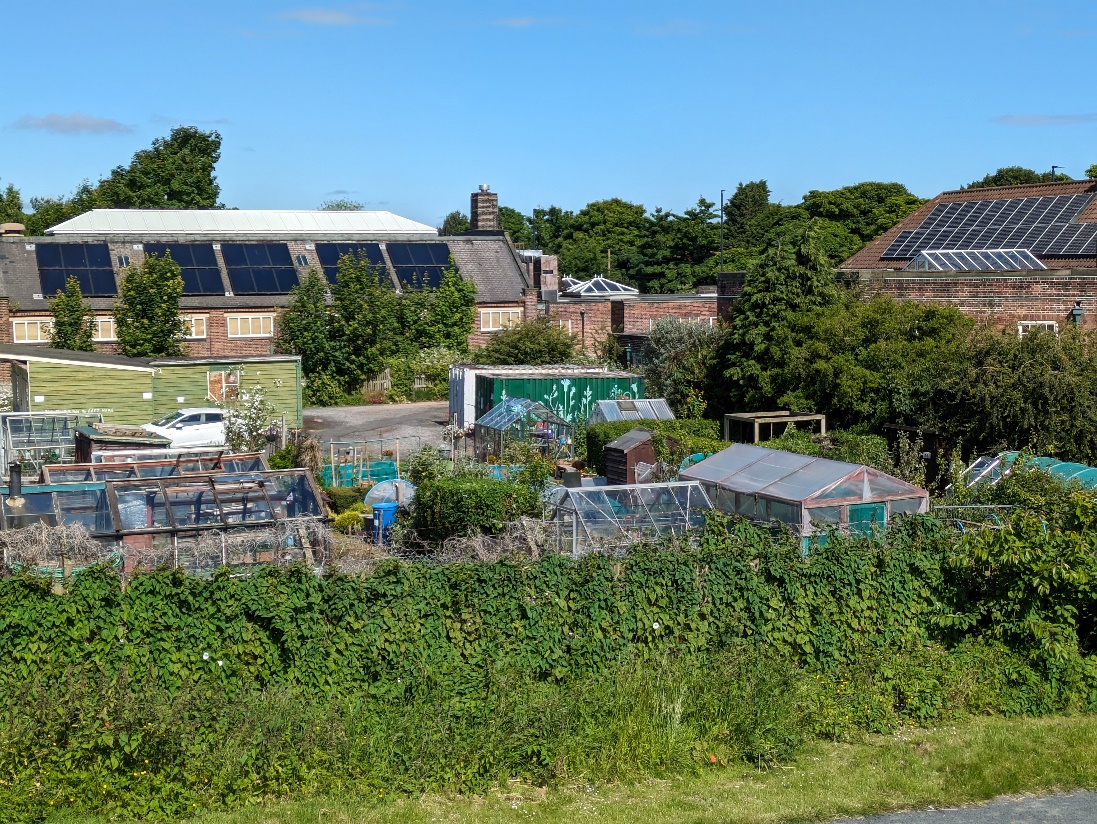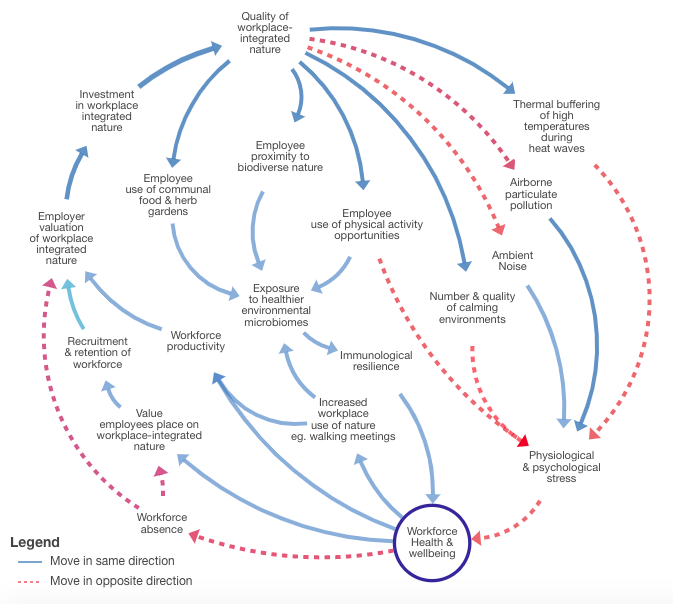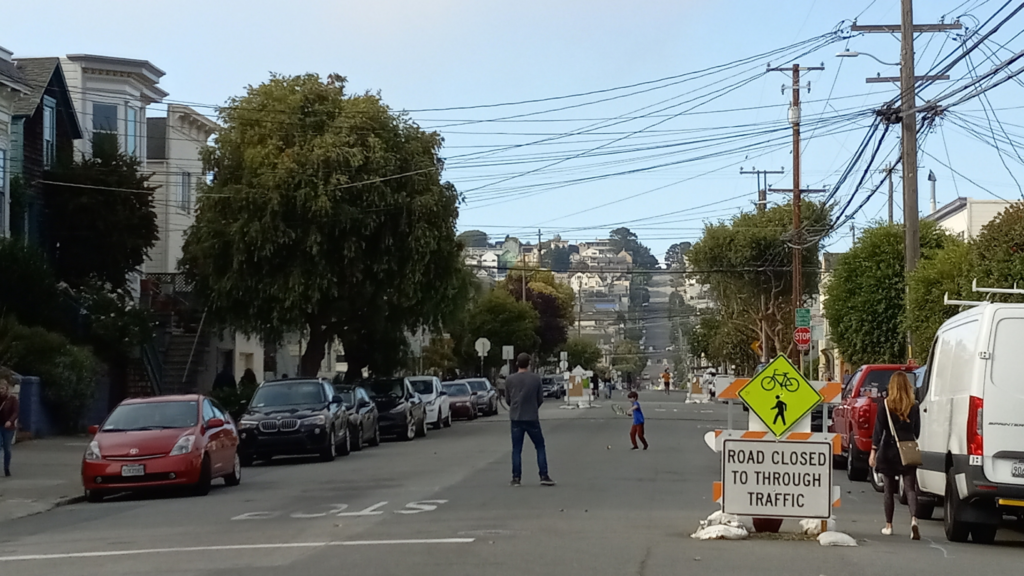City Know-hows

Well-planned cities and neighbourhoods are building blocks for health and wellbeing. Our study evaluated one approach that two English local government organisations took to facilitate healthier environments, in both ‘healthy places officers’ were employed to bridge the gap between planning and public health teams.
Share
Target audience
Public health professionals; Local authorities/officers; Urban/spatial planners
The problem
The places where we live, work and play can support or hinder our health and mental well-being but addressing these social determinants of health largely lies outside the remit of the health sector. Local government organisations play a key role in developing environments that promote health through responsibilities for planning and other relevant functions. However, such organisations do not always have the capacity and time to support planning and public health teams to work together.
What we did and why
We undertook an evaluation of healthy places officers employed by two local government organisations located in a city and an area with a mix of rural and urban areas. We aimed to identify changes in workforce capacity and joint working linked to the investment in these dedicated posts. The research involved a documentary review of local government plans, as well as case studies, interviews, and diary keeping with practitioners.
Our study’s contribution
We found that the introduction of the roles provided time and expertise to forge connections between public health and policy areas related to planning for health such as food environments. The postholders also supported the development of workforce competencies by rolling out training on health impact assessment. We also identified some examples of local government plans that more explicitly recognised a link to health as a result of the postholders’ advice and input.
Impacts for city policy and practice
Our findings can be used by other local authorities considering similar roles:
Further information
Full research article:
 Building and facilitating systems capabilities for healthy environments: the role of dedicated ‘healthy places’ postholders by Emma Coombes, Georgia Spiliopoulos, Lourdes Madigasekera-Elliott, Becky Wilkinson, Jacqueline Cannon, Tracey Flitcroft, Sarah E. Rodgers & Emma Halliday
Building and facilitating systems capabilities for healthy environments: the role of dedicated ‘healthy places’ postholders by Emma Coombes, Georgia Spiliopoulos, Lourdes Madigasekera-Elliott, Becky Wilkinson, Jacqueline Cannon, Tracey Flitcroft, Sarah E. Rodgers & Emma Halliday
Related posts

The study investigates critical issues and strategies for the regeneration and valorisation of small historical villages through interviews with opinion leaders. The debate is strengthened by the analysis of scientific literature and concrete cases in Italy.

The future of workplaces now includes ‘remote’ for many, which has many health benefits. The future of ‘the office’ needs to evolve too and bringing more nature into the workplace is a healthy place to start.

Health has turned into a number one priority in the present city context (e.g. lower emissions, active transportation, sustainable farming). By integrating it with proximity measures (as in the 15-minute city), we can create even healthier cities. Here is how they do it around the globe.